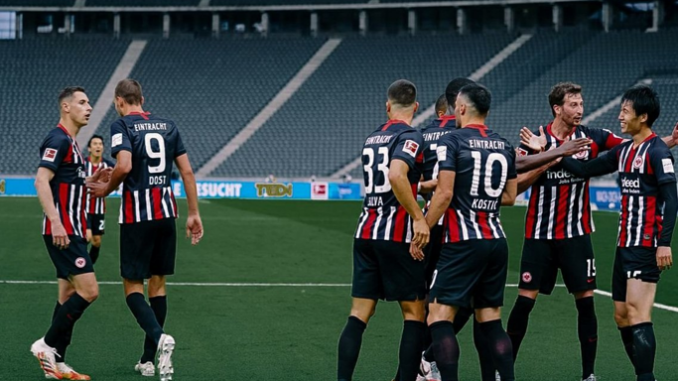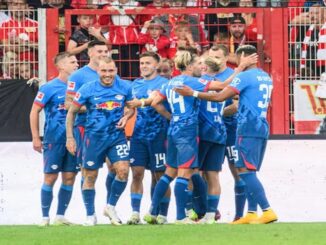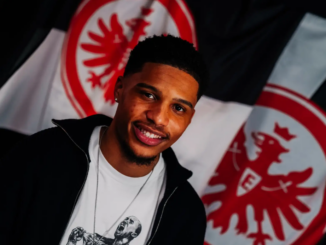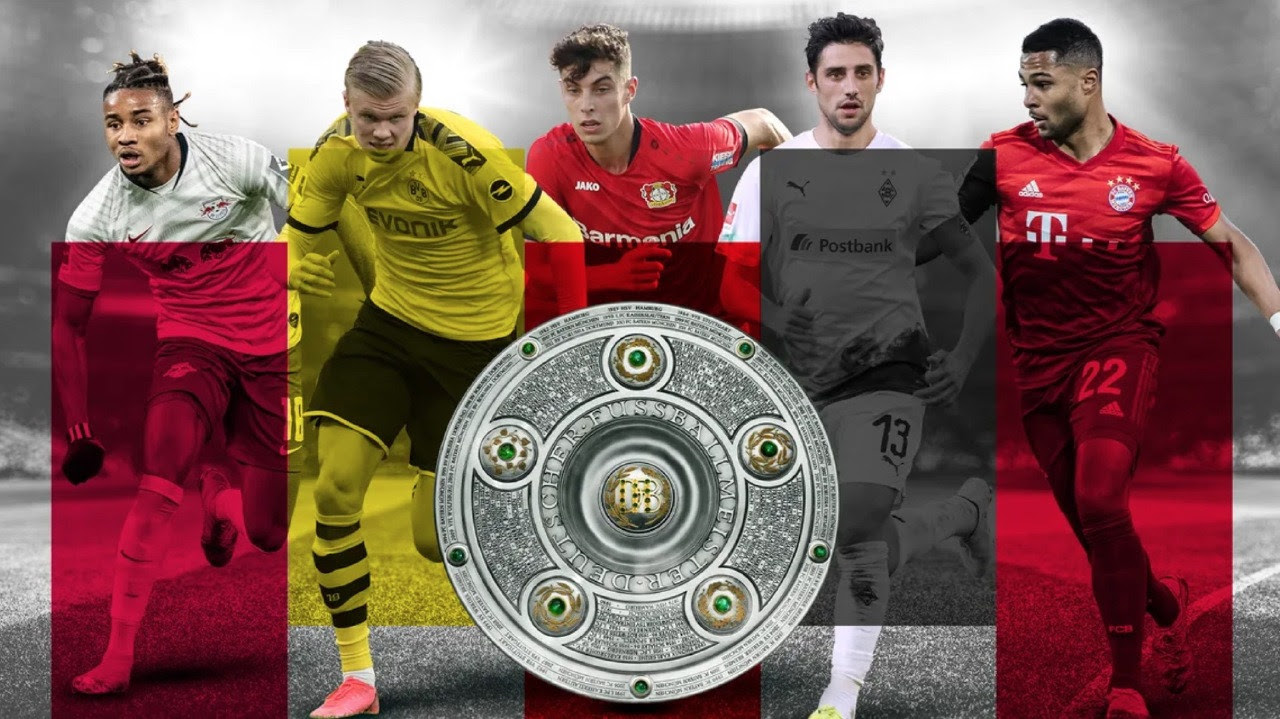
In a two-part feature, Josh Henwood looks at the rebuild currently underway at Eintracht Frankfurt. First, at the progress of the rebuild in the Main-Metropole, and next week: a realistic blueprint to build further and battle for Europe and beyond again.
After being the darlings of Europe last year, this season has fallen rather flat by comparison for Eintracht Frankfurt. Die Adler have an outside chance of a European spot as the season draws to a close over the next fortnight, and have performed admirably in the DFB Pokal and Europa League (albeit haphazardly in the latter) but it’s evident that this is a team that has not been able to pick up where the last team left off.
When I originally wrote this article, it was titled “What is the problem in Frankfurt?”. That, now, seems to have been somewhat premature as Frankfurt collected their tenth point in the last five games against Hertha Berlin, scoring twelve in the process. In fact, the current Rückrundetabelle shows Frankfurt in seventh place and with a final three games that wouldn’t be surprising for die Adler to gain maximum points and be even higher in the table.
Turbulent beginnings
However, you could also easily imagine them coming away with only a point from their final three games against the criminally out-of-form FC Schalke 04, relegation-threatened 1.FC Köln, and the Abstieg-all-but-assured SC Paderborn 07. Therein lies the pessimism and the cautiousness that didn’t follow Frankfurt last season but it’s there for good reason.
The Hinrunde brought with it some serious question marks: losing to teams they simply shouldn’t have been; clear inconsistency; unable to decide on a firm starting eleven or system. The Europa League too brought signs of progress round-by-round, but with it losses to teams of all levels including the likes of RC Strasbourg and most recently the 3-0 home loss to FC Basel.
Since the return of the Bundesliga, two games in particular highlight some of the issues which the current team still need to overcome – namely being unable to turn chances into great chances, and turning those chances into goals, and keeping things tight at the back.
In the 3-3 draw against SC Freiburg over a fortnight ago, three goals were scored – but this was from thirty shots on goal. In the 2-0 home loss against Mainz last week, Frankfurt had 66% possession, but only managed one shot on goal, while allowing the few chances that their opposition had to turn into multiple goals and two goal leads.
The attack has found it more difficult to create chances, and to find a system that works best for them as Andre Silva, Bas Dost, and Daichi Kamada have been put in various positions since the return of the league season. This is a massive change from what we came to expect from the striker trio in Frankfurt last year who hit 57 goals.
The defence was not altered in the summer, but has always been a sore point in Frankfurt. Changes to the back line have been constant throughout the season with injuries playing a part. There has been an insistence on bleeding in young talent and in playing with just three at the back which places more stress on what has not been known as a rigid back line.
Building the foundations
With the transfers that were made, the intent was to continue being able to compete in all competitions while building up the revenue from players that perform well and continue to unearth new talent.
While it’s not gone entirely to plan this year, a series of injuries to key players throughout the season hasn’t helped to create a consistent team week-in, week-out. This has led to inconsistent results but you can see shoots of a team that can be challenging the best teams in the league. See the two wins over Leipzig in the winter, or the 5-1 thrashing of Bayern München earlier in the year.
What that does mean though is that if you are able to stand back and take this as a rebuilding year, there are a number of positives to take away. Seventh is still a possibility, which is what they managed at the end of last season, a DFB Pokal semi-final reached once again, and still in with a shout (albeit a murmur) in the UEFA Europa League.
Away from the results, the crop of young talent being fostered and some of the top-quality players that have remained on board can build a core that could keep Frankfurt at the top level for years. For example you can build the following starting eleven with outfield players who are 26 and under:
- Kevin Trapp (28 years old)
- Jetro Willems (25)
- Martin Hinteregger (26)
- Evan N’Dicka (20)
- Almamy Touré (24)
- Djibril Sow (23)
- Mijat Gacinovic (25)
- Filip Kostic (26)
- Daichi Kamada (23)
- Andre Silva (24)
- Goncalo Paciencia (25)
This policy of building foundations with intermittent success with a core of young players can only help Frankfurt ensure a certain level of success, build up their team and invest accordingly to grow the team. It requires patience from the fans to allow the team to find a system that works for them, buy-in from some of their bigger names like Filip Kostic so they stick around and make this work, and investment in signing top-quality players that fit the system and Eintracht’s long-term plan.
For more from Josh on between articles and on matchdays, his twitter handle @BrummieVonMain discusses all things Eintracht Frankfurt, Fraport Skyliners (basketball), and Löwen Frankfurt (ice hockey).




1 Trackback / Pingback
Comments are closed.